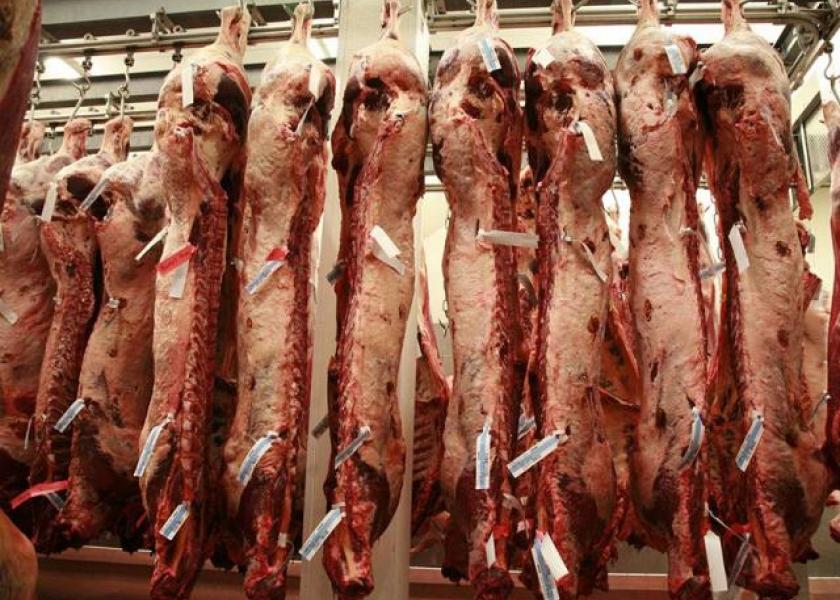Is Slaughter Capacity Utilization by Beef Packers Influencing Price Spread?

To investigate the interaction of national slaughter and price spread—the difference between the value of live cattle price and wholesale boxed beef—that ensued following temporary closure of beef processing facilities, researchers from the University of Tennessee (UT) Institute of Agriculture and Mississippi State University teamed up to analyze price spread concerns, says the release.
When temporary COVID-19-related closures of U.S. cattle processing facilities occurred, consumers saw increased beef prices while beef producers experienced lower fed cattle prices. This price spread reignited concerns about market power in the beef industry and resulted in a USDA grant-funded investigation on anticompetitive behavior by meat packers, the release explains.
“The beef price spread and slaughter numbers have historically been used as indicators of potential packer profitability, and some have questioned if packer slaughter is used to control the price spread,” says Charley Martinez, project lead and director of the UT Center of Farm Management, in the release. “Our study analyzes causal relationships between price spread and a weekly and Saturday slaughter capacity utilization measurement.”
Results found that while weekly and Saturday slaughter capacity utilization directly affect live cattle-to-box beef spread and vice versa, these casual relationships are not happening in all instances, the release says.
Additionally, the study shows that for most of the time analyzed, from 2010 to 2021, an increase in the price spread in the previous week positively impacts national Saturday slaughter capacity utilization. This suggests that Saturday slaughter is more than a “catch-up” day of processing but could also be a strategy to increase slaughter when the price spread is increasing. However, further analysis found no statistical evidence of this occurring during the 11-year period.
“While we do find these measurements interact with each other, we don’t find any statistical evidence that supports the notion that weekly or Saturday slaughter capacity utilization is used by beef packers to control the price spread,” Martinez says in the release.
The research article notes that utilization measures are aggregated national slaughter utilization numbers and that there could be varying regional impacts and responses. Additionally, responses could vary by region due to marketing type (cash trade vs. AMA trade), explains the article.







